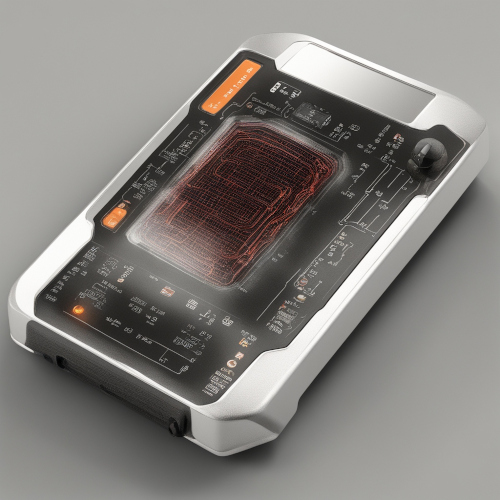Automotive Electronics
Automotive electronics represent a significant chapter in the success story of the 20th century's electronics industry. This field has given birth to a plethora of innovations, from electronic components and printed circuit board design to the internet, computers, fiber networks, communication protocols, wireless transmission, and cell phones, among others. The impact of electronics spans across various sectors, including automotive, aerospace, and medical industries.
In the automotive sector, electronics have ushered in a new era of innovation, revolutionizing the modern-day automobile. From basic radio systems to autonomous vehicles capable of operating without human intervention, the integration of advanced electronic technologies has reshaped the automotive landscape. However, many of these advancements have been spurred by government mandates, such as On-Board Diagnostics (OBD).
On-Board Diagnostics has played a crucial role in the automotive industry's response to global warming, greenhouse gas emissions, and climate change. Mandated by legislation and driven by international initiatives like the United Nations Framework Convention on Climate Change (UNFCCC), OBD systems are designed to monitor and control vehicle emissions, contributing to environmental sustainability efforts.
The evolution of OBD from its inception to the current OBD-II standard has been instrumental in regulating vehicle emissions and promoting fuel efficiency. With the implementation of microprocessor-driven Engine Control Units (ECUs), manufacturers can optimize engine performance and reduce exhaust emissions effectively. However, this shift has also posed challenges for auto repair shops, necessitating the development of third-party diagnostic software compatible with OBD-II systems.
Tools like VCDS, OBD Auto Doctor, and Advanced Driver Assistance System (ADAS) have become essential for mechanics to communicate with ECUs and diagnose engine issues effectively. Additionally, the standardization of protocols like ISO14230-4 (KWP2000) and ISO 15765 CAN network has facilitated seamless communication between vehicles and diagnostic equipment.
The integration of catalytic converters, O2 sensors, and various other components into modern vehicles has become standard practice, contributing to cleaner and more efficient engines. However, this comes with an additional manufacturing cost, ultimately borne by consumers. Furthermore, it has necessitated continuous learning and adaptation among mechanics to keep pace with the rapid advancements in automotive electronics, mirroring the challenges faced in the medical industry with the advent of electronic medical equipment.
